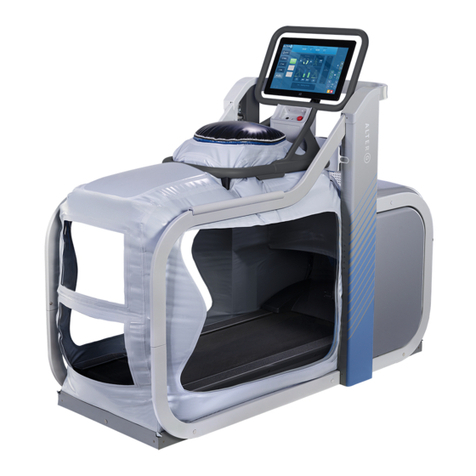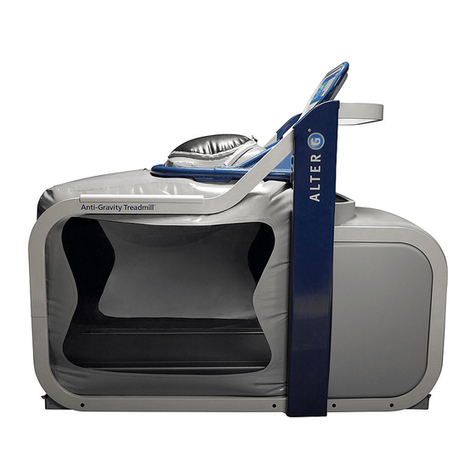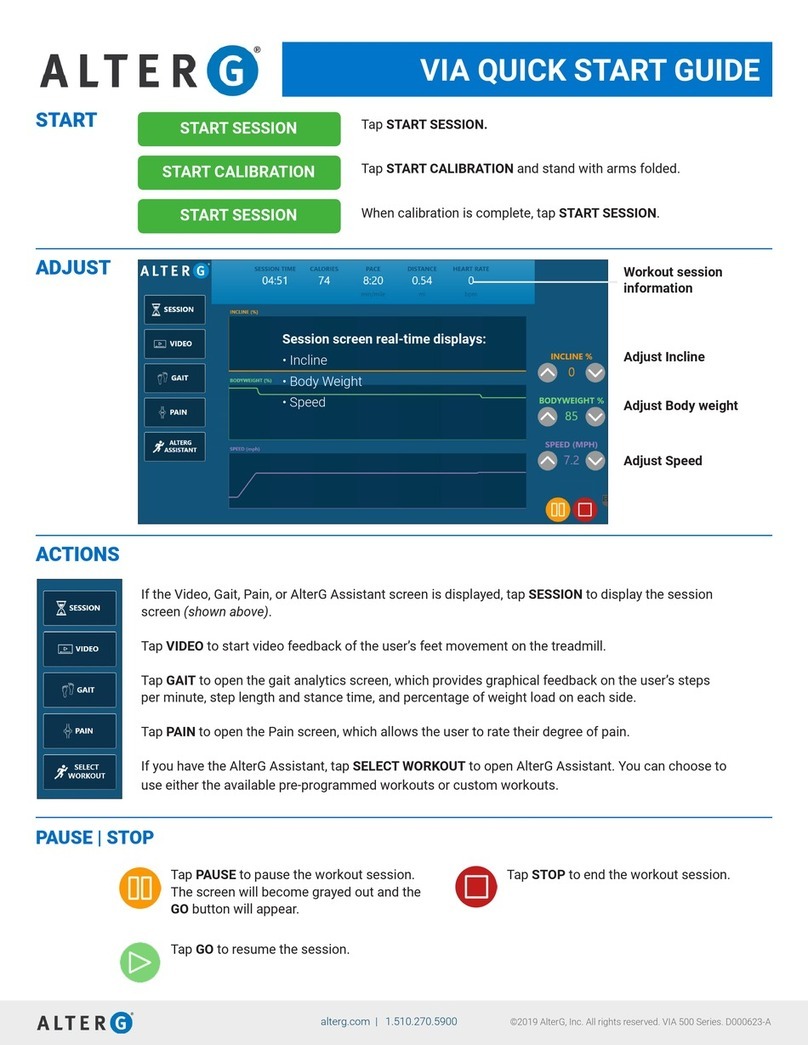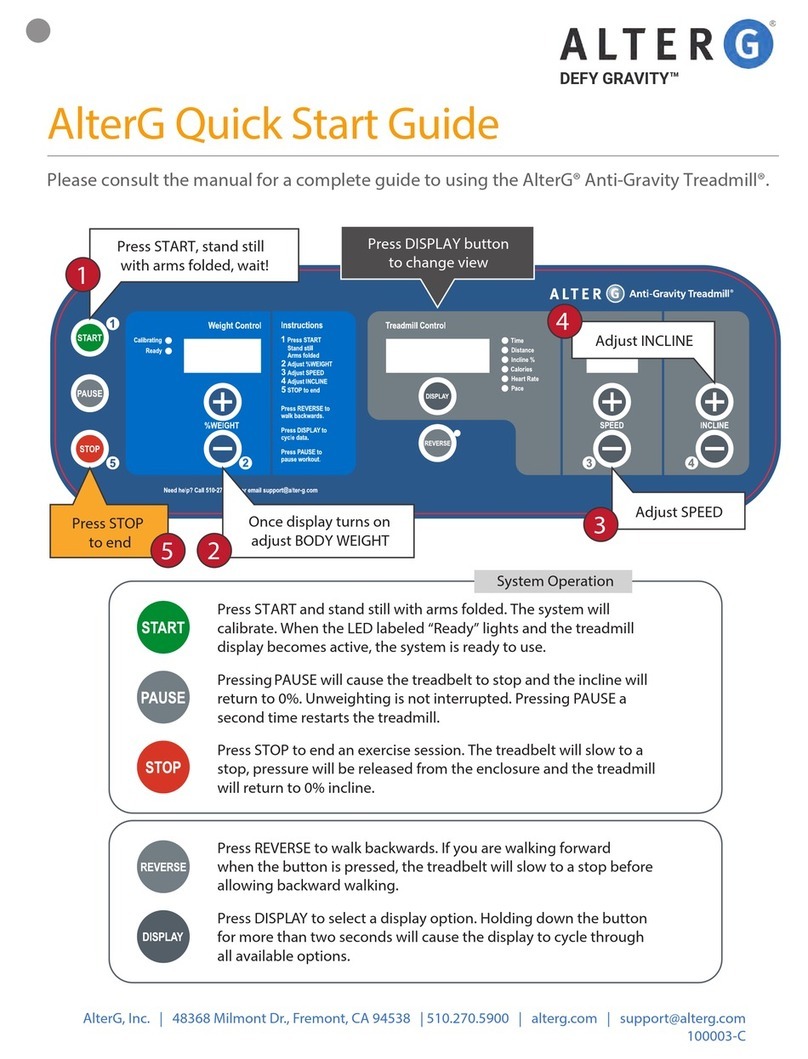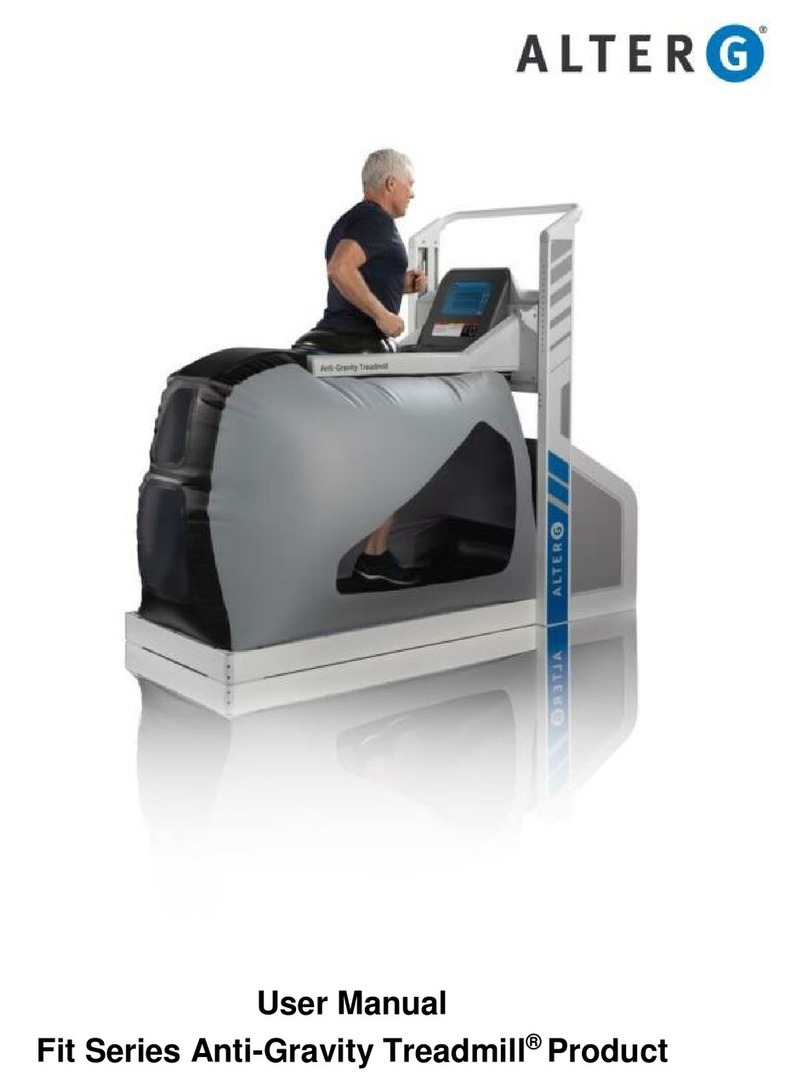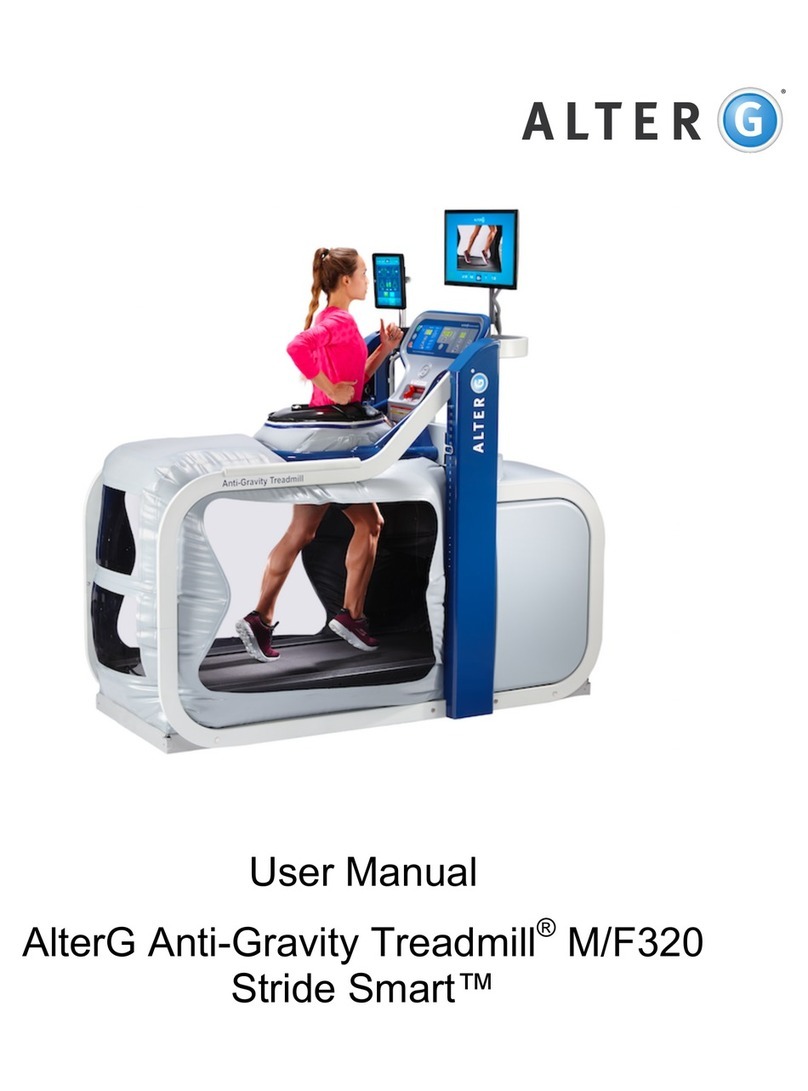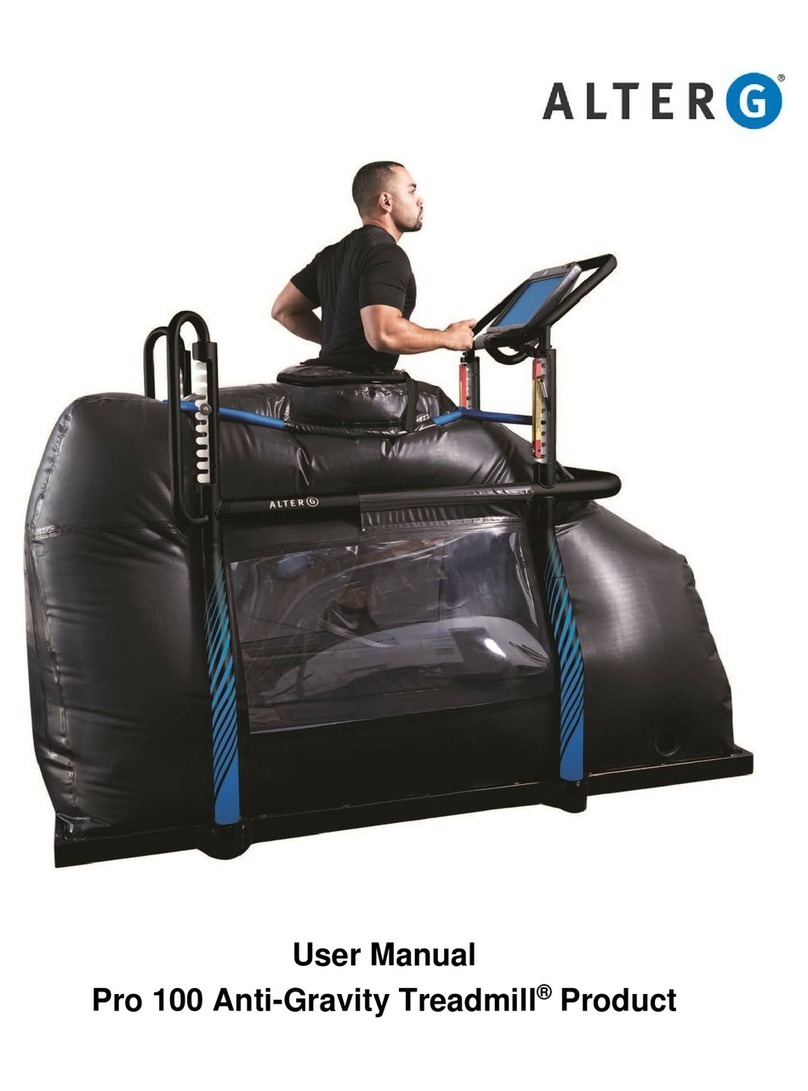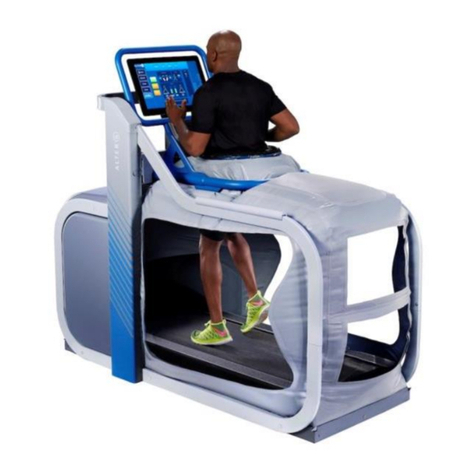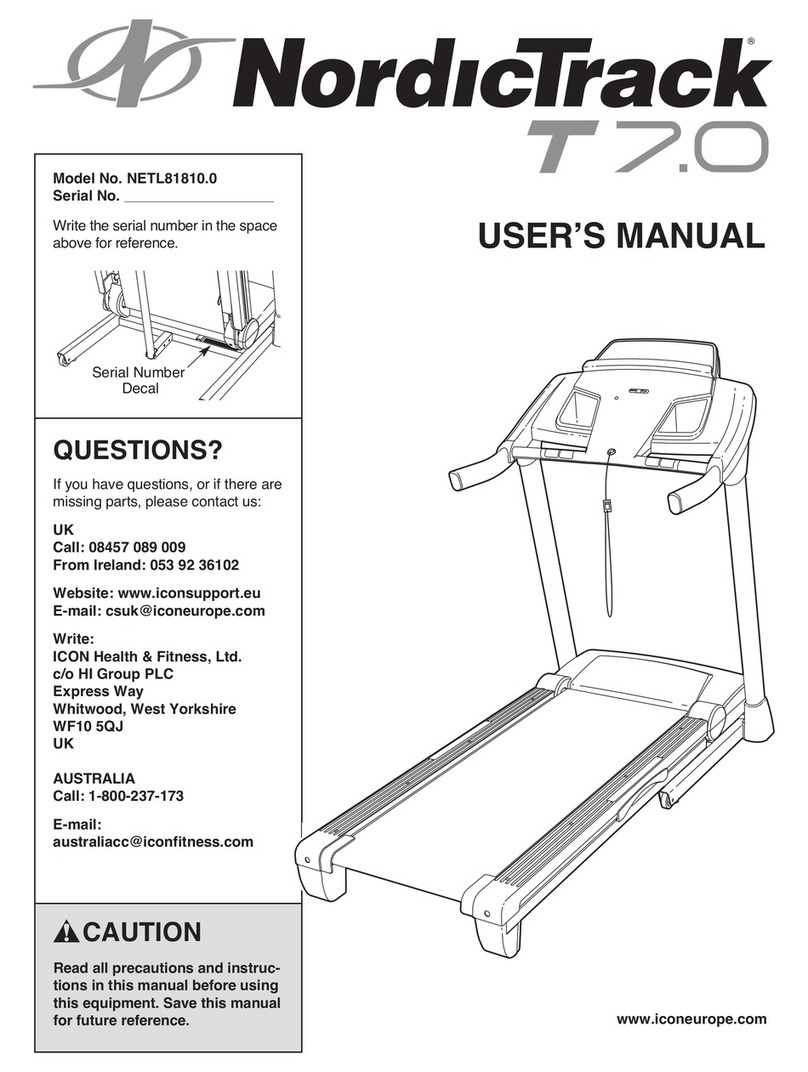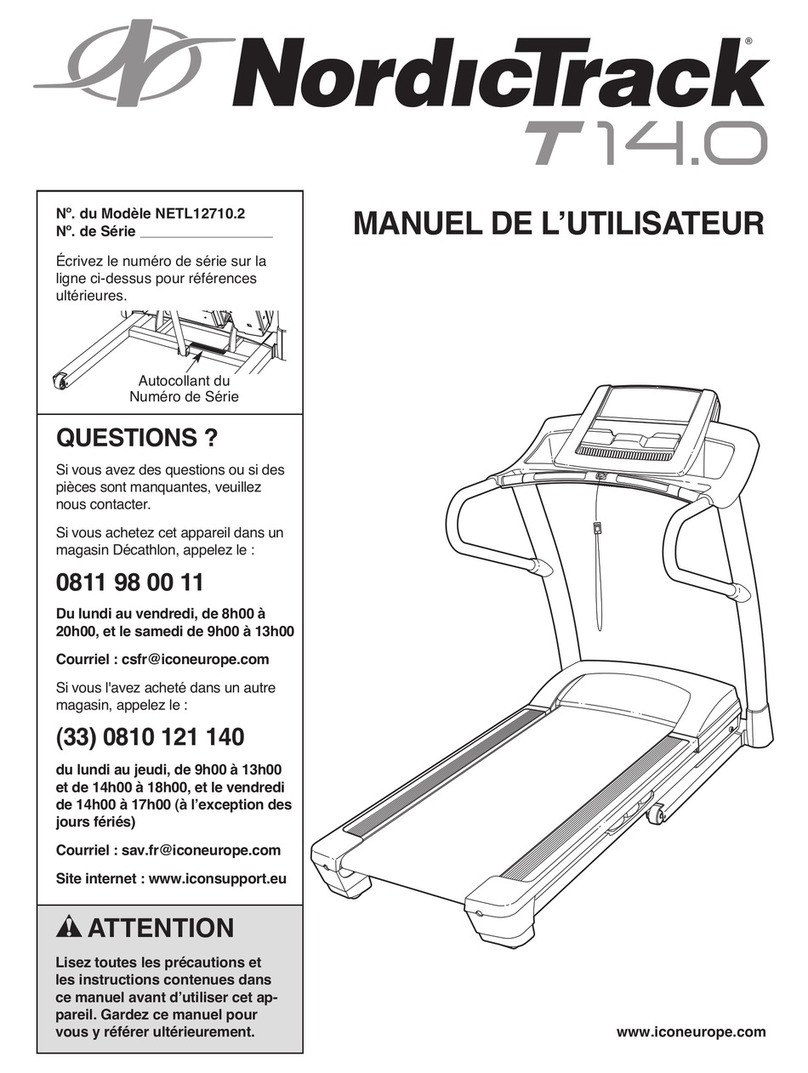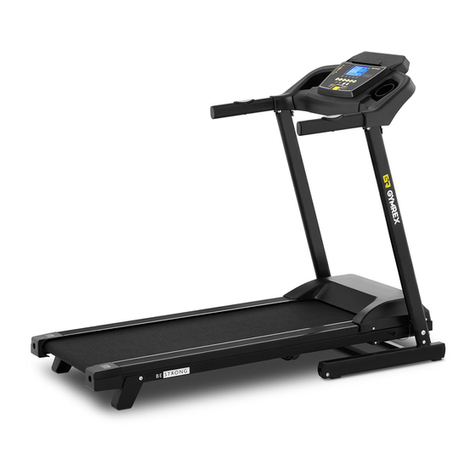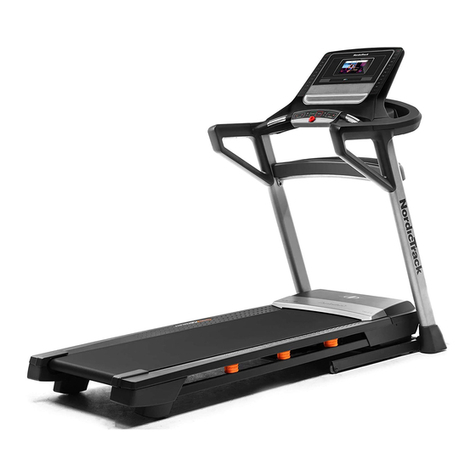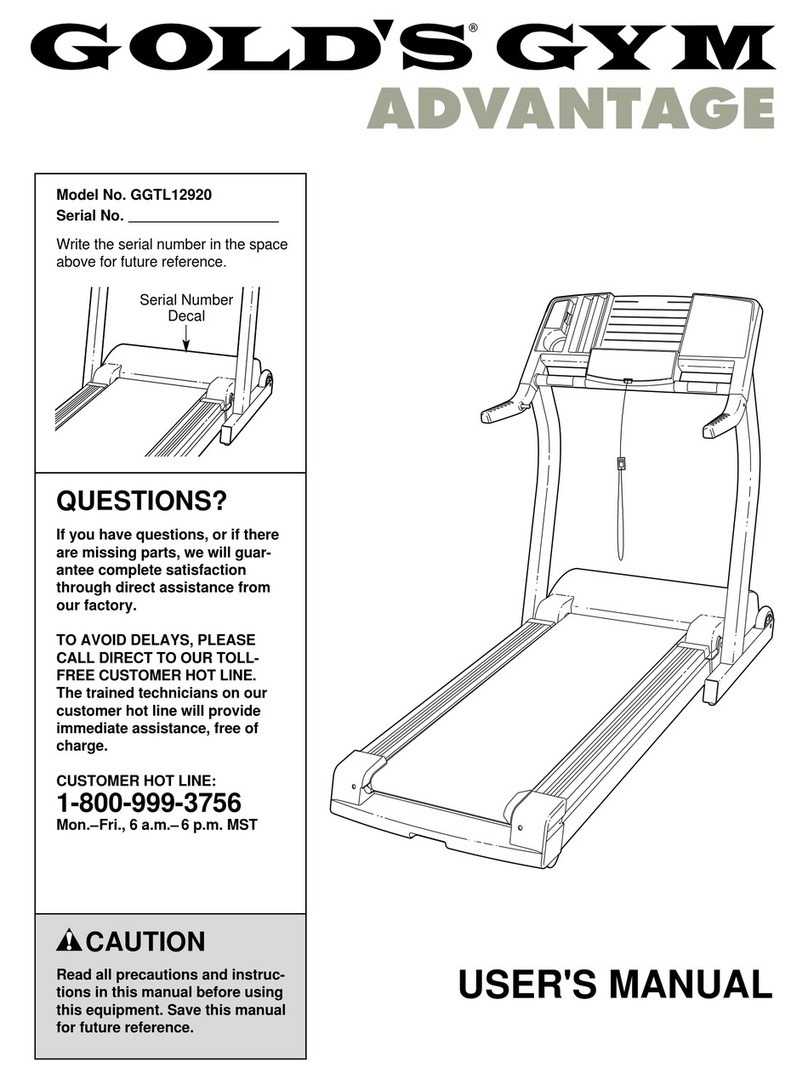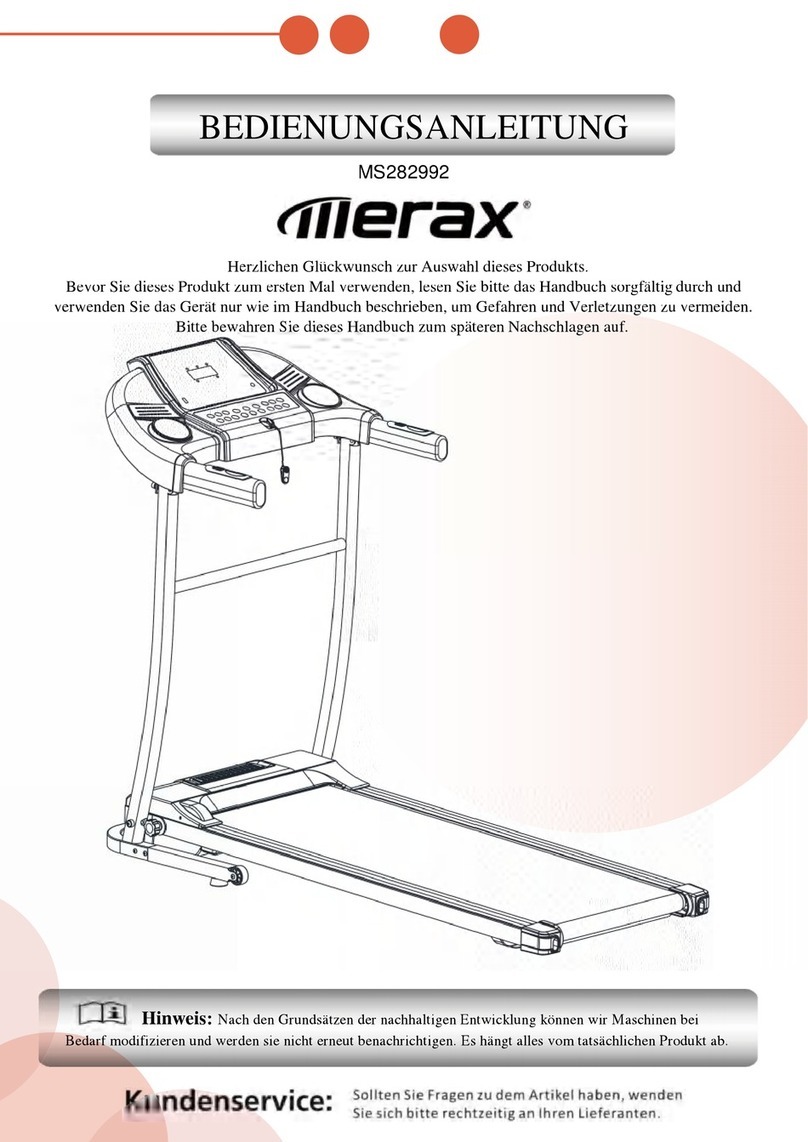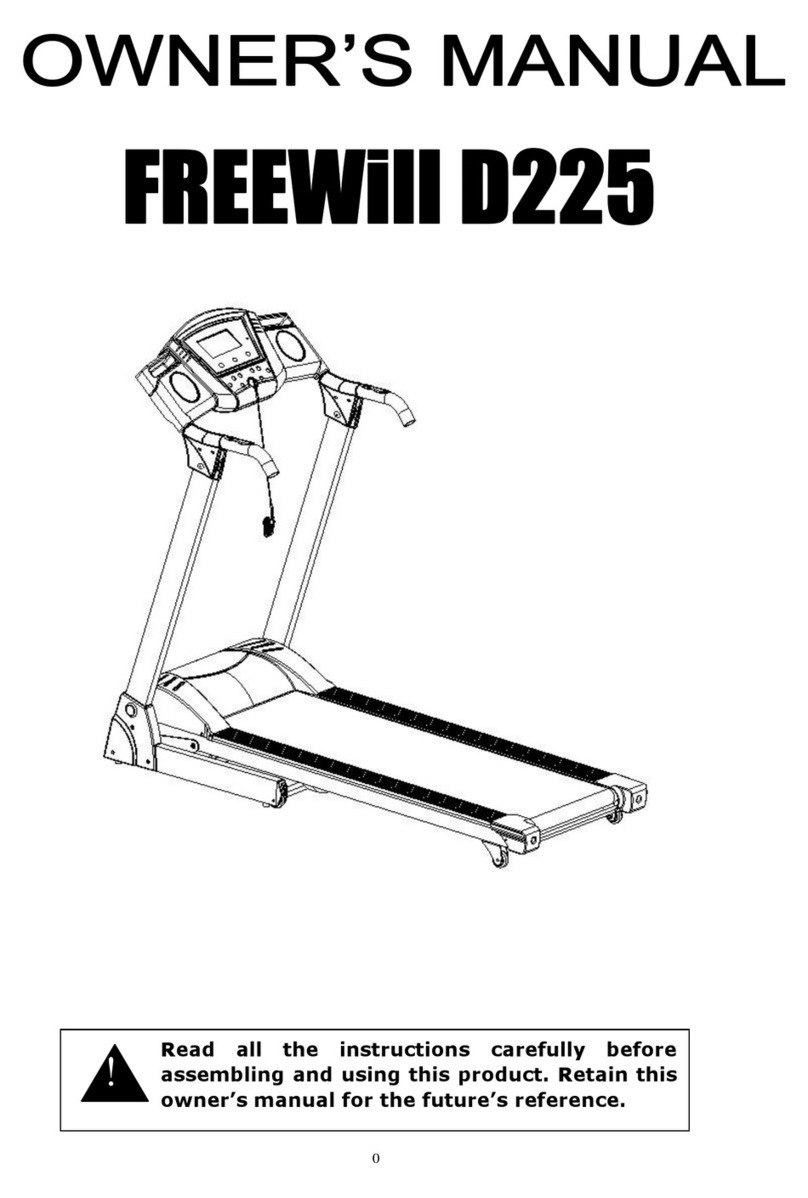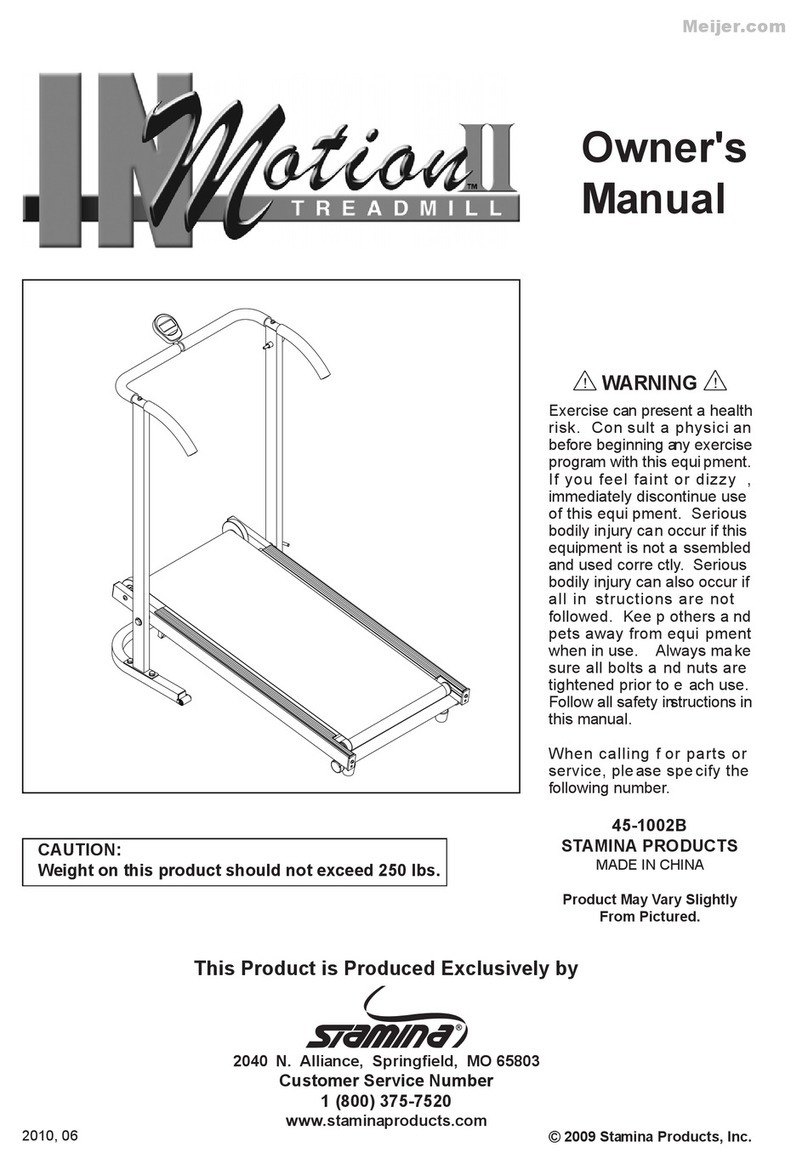
3
AlterG Installation Manual 105440 rev C
TABLE OF CONTENTS
Table of Contents ...................................................................................................................... 3
AlterG COMPONENT IDENTIFICATION ...................................................................................... 4
Exterior Components ............................................................................................................ 4
Interior Components............................................................................................................. 5
GENERAL INSTALLATION GUIDELINES ....................................................................................... 6
Safety..................................................................................................................................... 6
Tools ...................................................................................................................................... 6
Fasteners and Torque Specifications..................................................................................... 7
SITE REQUIREMENTS................................................................................................................. 8
Treadmill Dimensions............................................................................................................ 8
Electrical Requirements ........................................................................................................ 8
INSTALLATION OF THE FULLY ASSEMBLED ALTERG (roll-in)...................................................... 9
Moving the AlterG System to a Location .............................................................................. 9
Removing the AlterG from the Pallet.................................................................................... 9
Removing the AlterG from the Dollies.................................................................................. 9
Preparing the System for Operation ................................................................................... 10
ASSEMBLY INSTRUCTIONS FOR THE DISASSEMBLED UNIT ..................................................... 12
Moving the AlterG............................................................................................................... 12
Unpacking............................................................................................................................ 12
Base Assembly..................................................................................................................... 15
Installing the Stanchion Assembly ...................................................................................... 16
Installation of the Cockpit ................................................................................................... 18
Installation of the Cable Guide ........................................................................................... 20
Diagnostic Mode ................................................................................................................. 22
Check Drive Belt Tension..................................................................................................... 22
Check Treadbelt Tracking .................................................................................................... 23
Check Treadbelt Tension ..................................................................................................... 23
Bag Installation.................................................................................................................... 24
Rail Installation.................................................................................................................... 29
Install the Main Power Cable .............................................................................................. 31
Final Installation Steps ........................................................................................................ 32
